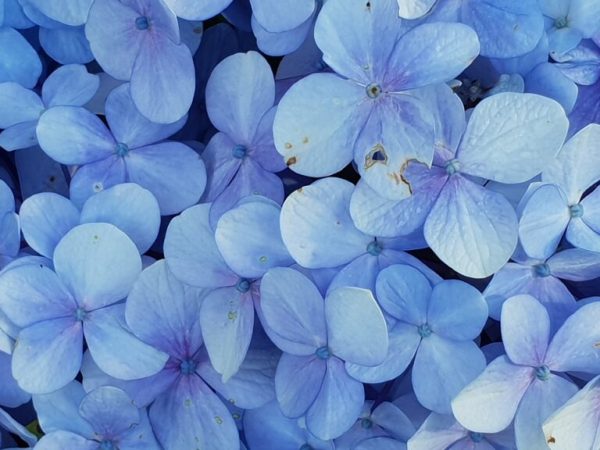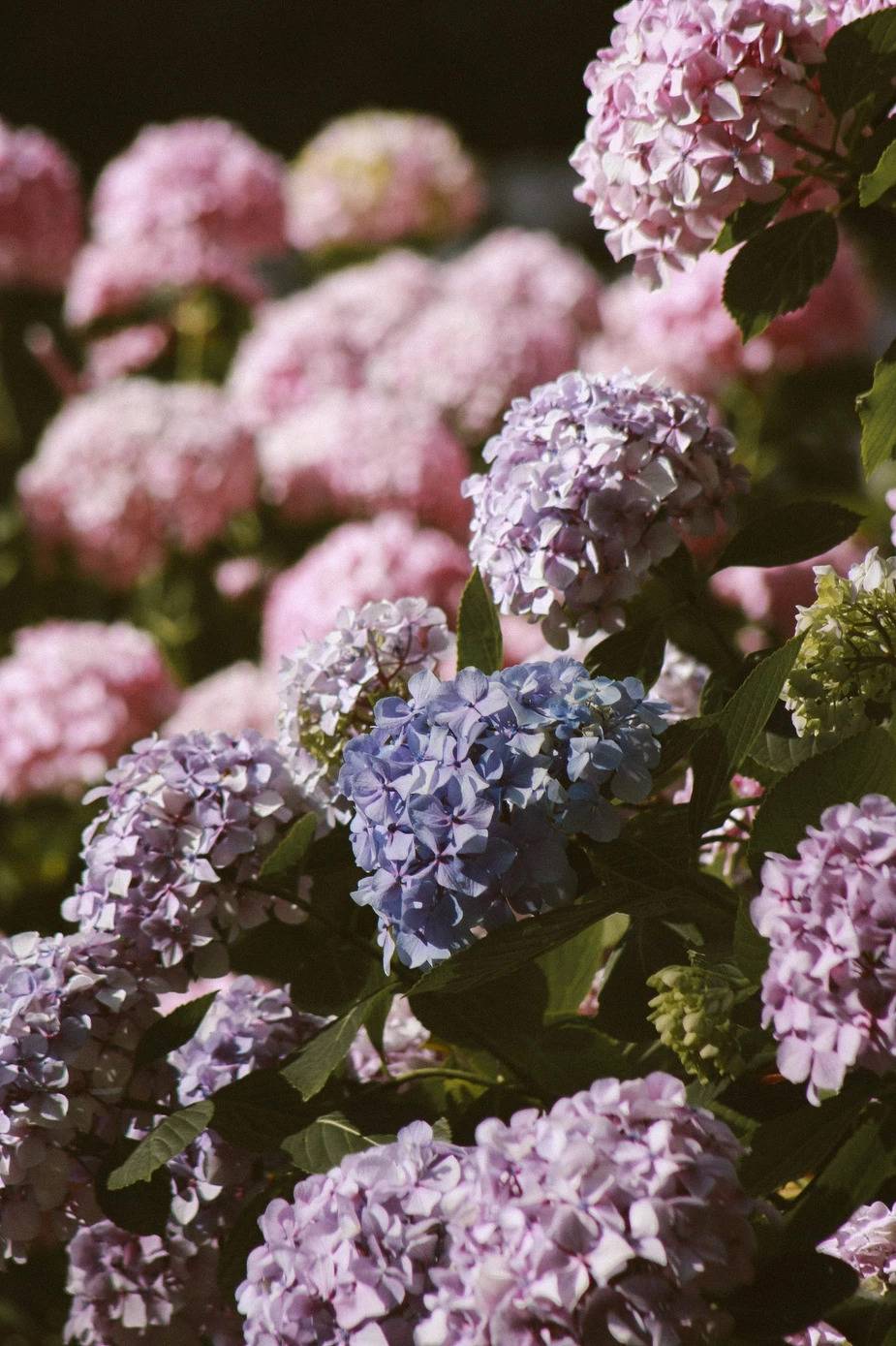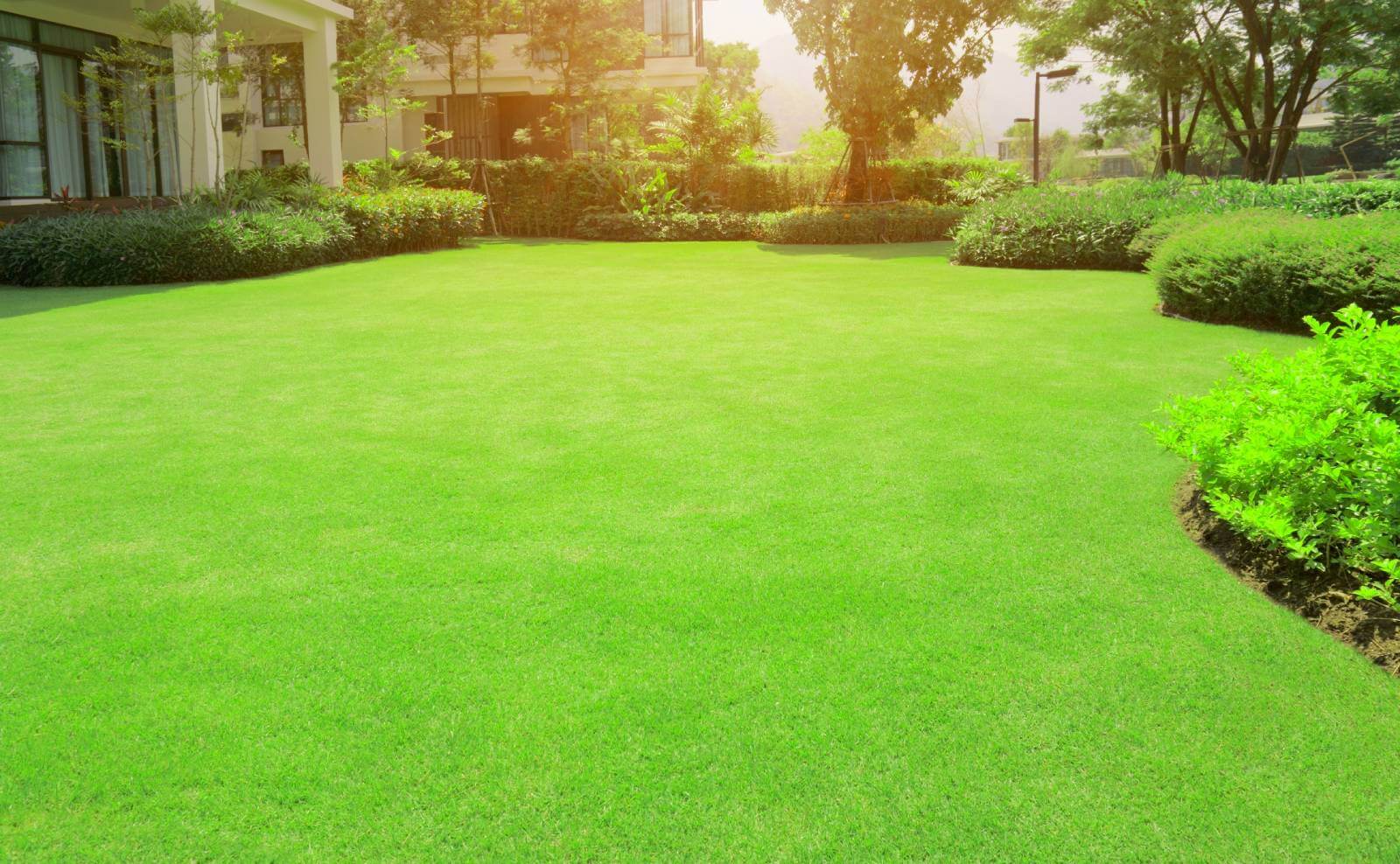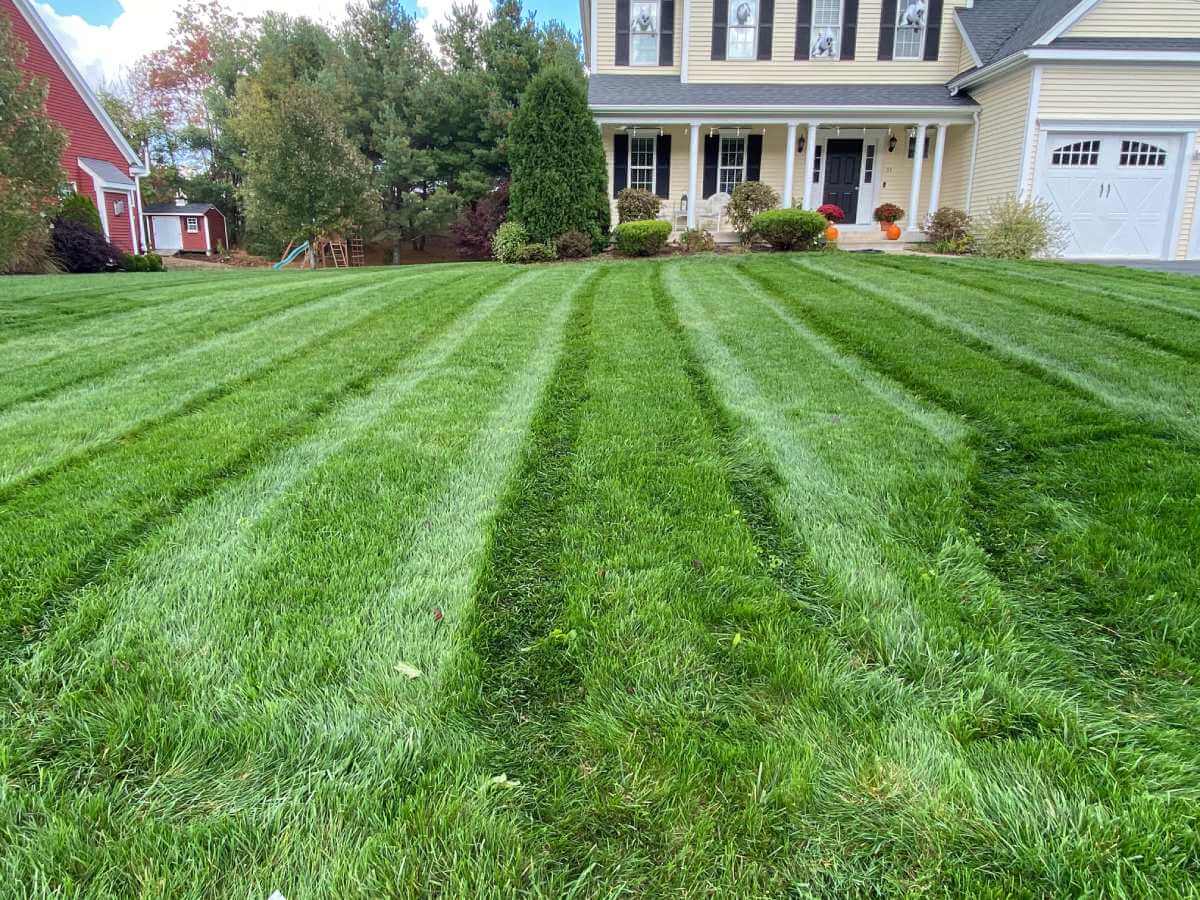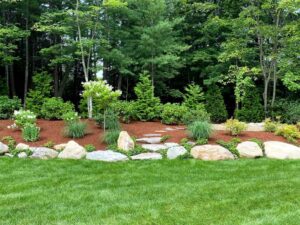
The color of a particular hydrangea is determined by the soil content in which the plant is growing. More specifically, it has to do with the acidity (pH) level in the soil. The lower the pH level, the higher the acidity – not particularly important for this conversation, but a tidbit you’ve likely learned and forgotten, and will forget again…
Here’s the important part: Blue hydrangeas grow in acidic soil, pink grow in alkaline (opposite of acidic) soil.
How to alter the acidity of your plant’s soil – If you have pink hydrangeas and would like to turn them blue, here are a few things you can mix into the soil that you likely would’ve throw away anyway:
If you desire the opposite effect, your typical garden shop lime will reduce the acidity and add more pink to the hydrangeas.
Happy experimenting!

